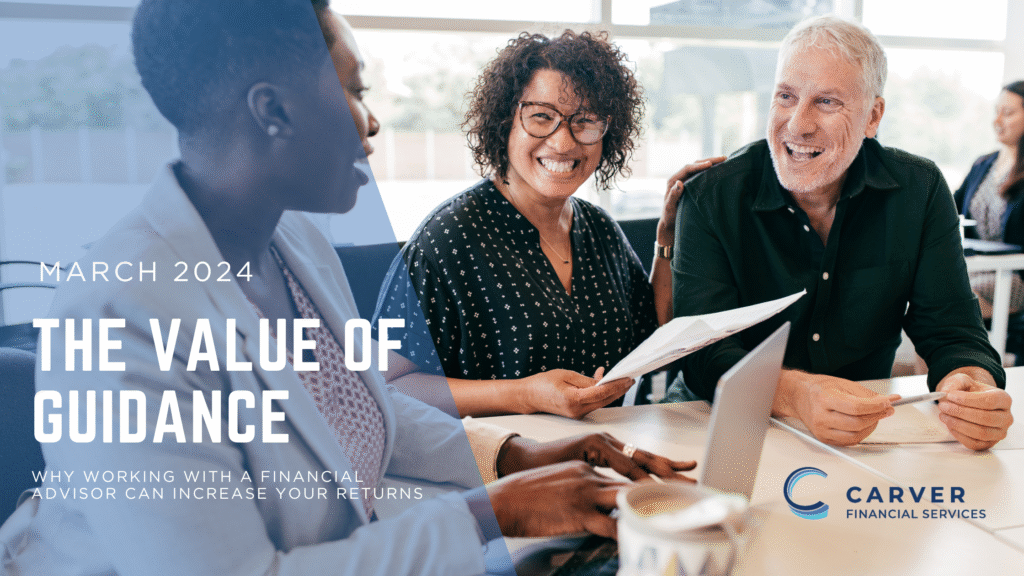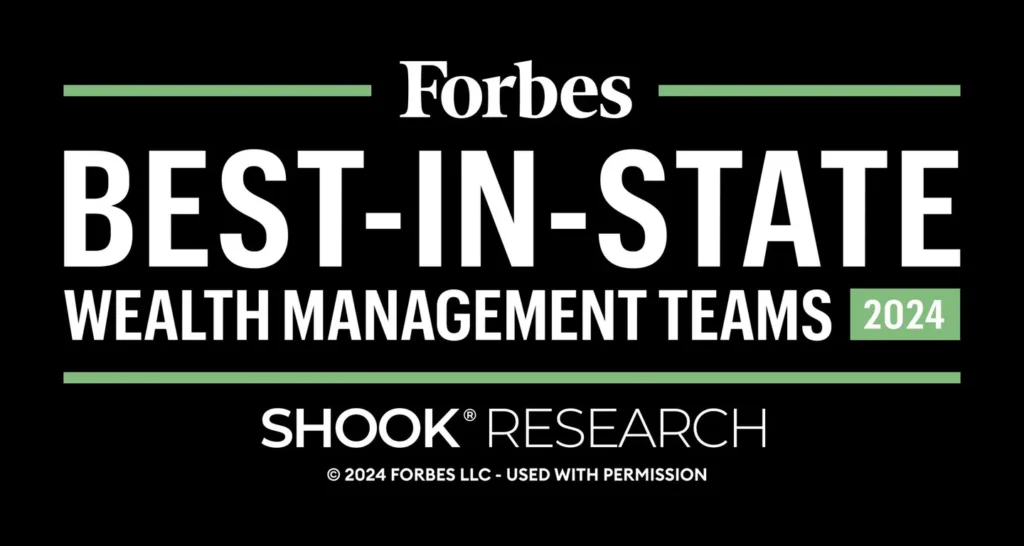The Value of Guidance: Why Working with a Financial Advisor Can Increase Your Returns
Do Financial Advisors Really Add Value? The Data Says Yes.
In an age where investing apps and online platforms make DIY investing seem simple, many people wonder whether working with a financial advisor is really worth it.
The short answer? Yes — and there’s proof.
Multiple independent studies — from Vanguard, Russell Investments, and Morningstar — have found that investors who partner with financial advisors often see higher net returns, make better decisions, and achieve greater long-term financial confidence.
While technology can help you invest, only human guidance can help you plan, adapt, and stay disciplined through the ups and downs of life and markets.
Why Advice Matters More Than Stock Selection
Working with an advisor isn’t just about picking investments. It’s about creating and following a personal financial plan designed to help you:
- Minimize taxes and expenses
- Manage risk and volatility
- Stay focused on long-term goals
- Avoid costly emotional mistakes
It’s not just what you earn that matters — it’s what you keep and how you use it to live your best life.
Study 1: Vanguard’s “Advisor Alpha®” — Quantifying the Value of Advice
Vanguard, one of the world’s largest investment management companies, developed the “Advisor’s Alpha®” framework to measure how professional guidance adds measurable value beyond investment returns.
The study found that advisors can add up to 3% in net annual returns through:
- Behavioral coaching: Helping clients avoid emotional decisions during volatility
- Disciplined rebalancing: Maintaining consistent, long-term allocations
- Tax-efficient investing: Structuring portfolios for maximum after-tax growth
- Cost-effective strategy: Reducing internal fees and inefficiencies
In other words, the greatest value isn’t from “beating the market,” but from guiding investor behavior and aligning strategy with purpose.
Study 2: Russell Investments’ “Value of an Advisor” — A Decade of Evidence
Russell Investments’ long-term research, “The Value of an Advisor”, has analyzed investor performance over the past 25 years.
Their 2023 update introduced a simple but powerful formula:
A + B + C + T = Advisor Value
- A: Active rebalancing of portfolios
- B: Behavioral coaching
- C: Customized experience and family wealth planning
- T: Tax-smart investing and financial planning
According to Russell, these combined benefits add 1.5% or more per year to long-term returns.
But more importantly, they help clients stay the course during turbulent markets — preventing emotional decisions that can set investors back years.
Study 3: Morningstar’s “Gamma” — The Science of Smarter Decisions
Morningstar’s influential paper, “Alpha, Beta, and Now…Gamma,” expanded the conversation by quantifying the impact of better financial decision-making.
The study introduced the concept of Gamma — the additional value that comes from intelligent financial planning, not from market outperformance.
Examples include:
- Tax-efficient withdrawal strategies in retirement
- Optimal asset allocation
- Behavioral discipline and coaching
Morningstar found that personalized advice can generate the equivalent of 1.59% more annual income in retirement — meaning investors can enjoy more financial stability simply by planning smarter, not riskier.
Why Advisors Create Measurable Value
Across all three studies, the findings are consistent: professional guidance leads to better outcomes.
Here’s why:
- Behavioral Coaching
Advisors help you stay disciplined during volatility and avoid emotional decisions.
(Research shows emotional mistakes are one of the biggest drains on investor performance.) - Asset Allocation & Risk Management
Advisors help construct portfolios tailored to your goals, risk tolerance, and time horizon — balancing growth and protection. - Tax Efficiency
Strategic investment placement, harvesting losses, and optimizing withdrawals can dramatically increase after-tax wealth. - Comprehensive Planning
Beyond investing, advisors coordinate estate planning, insurance, retirement income, and education funding to create a cohesive long-term roadmap.
Partnering for Success: The Carver Approach
At Carver Financial Services, we use our proprietary Personal Vision Planning® process — a holistic, four-step framework that connects your financial strategy to your life goals.
Unlike traditional firms that focus solely on markets or portfolios, we focus on you — your values, priorities, and vision for the future.
Our process includes:
- Defining Your Vision: What does your best life look like?
- Developing the Plan: Structuring investments and tax strategies around your goals.
- Implementing with Discipline: Executing a plan that evolves with you.
- Monitoring and Adjusting: Keeping your strategy aligned through life’s changes.
Our team brings decades of experience and the collective knowledge of 300+ years of advisory expertise, ensuring that your plan isn’t just managed — it’s guided, refined, and protected over time.
The Bottom Line: Advice Isn’t a Cost — It’s an Investment
Financial advice doesn’t just manage money; it creates clarity, confidence, and better decisions.
When you partner with an experienced advisor, you gain more than performance — you gain a strategy, a partnership, and peace of mind.
At Carver Financial Services, we’re not here to chase markets — we’re here to help you live your best life possible with purpose and precision.
Because the true return on advice isn’t just financial — it’s personal.
Any opinions are those of Randy Carver and not necessarily those of Raymond James. This material is being provided for information purposes only and is not a complete description, nor is it a recommendation. The information has been obtained from sources considered to be reliable, but we do not guarantee that the foregoing material is accurate or complete. The results in the studies described are hypothetical in nature and not actual investment results or guarantees of future results.



















